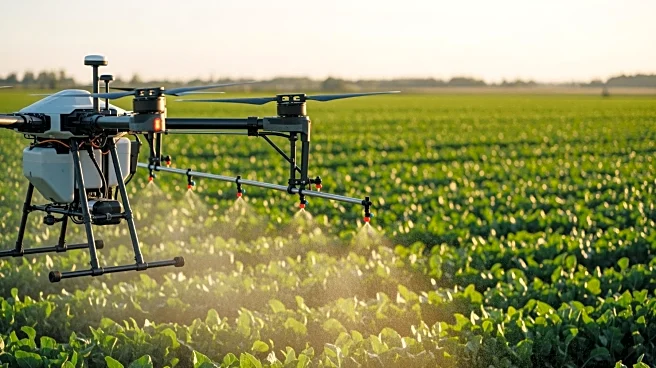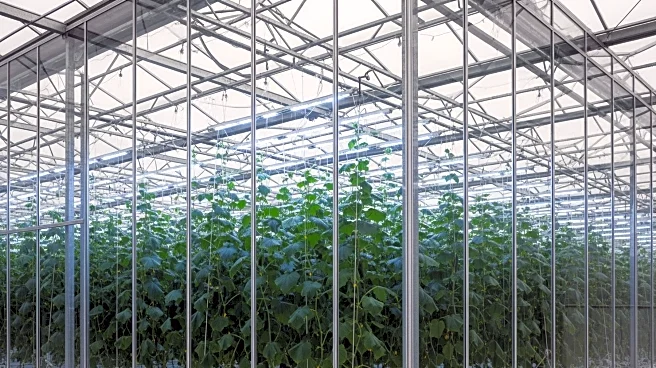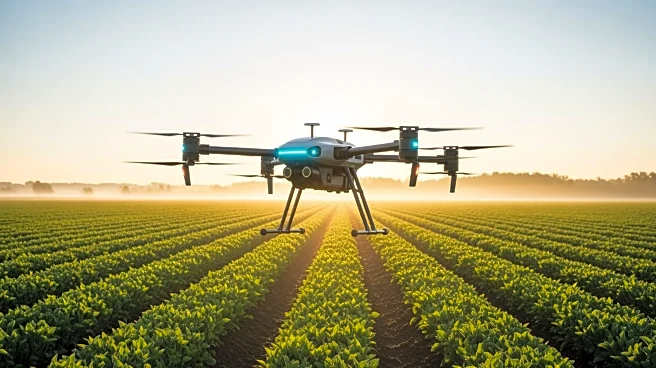What's Happening?
The global agricultural sprayers market is experiencing significant growth due to the increasing adoption of precision farming and smart spraying technologies. These sprayers are essential for applying
fertilizers, pesticides, and herbicides efficiently, thereby enhancing crop productivity and yield. The market is projected to expand at a compound annual growth rate (CAGR) of 6.1%, rising from $2.9 billion in 2024 to $4.4 billion by 2031. Key drivers include labor shortages in agriculture, innovations in drone-based and sensor-controlled sprayers, and government subsidies promoting mechanization. Self-propelled sprayers currently lead the market due to their efficiency and integration with smart control systems. Asia-Pacific is the leading region, driven by its large agricultural base and government mechanization programs.
Why It's Important?
The growth of the agricultural sprayers market is crucial for global food security as it supports higher crop output and efficient chemical usage. Precision farming and smart spraying systems reduce labor dependency and operational risks, which are vital in addressing the challenges posed by a growing global population and food demand. The adoption of these technologies is particularly significant in developing economies where mechanization is becoming more accessible. Additionally, the market's expansion reflects a broader trend towards sustainable farming practices, which are essential for minimizing environmental impact and ensuring long-term agricultural productivity.
What's Next?
The market is expected to continue evolving with advancements in autonomous and unmanned spraying technologies, solar-powered sprayers, and AI-driven application systems. Government-funded subsidy schemes and public-private collaborations are likely to accelerate the adoption of advanced sprayers. Emerging economies present significant growth opportunities as modernization and digital agriculture platforms develop. Companies in the sector are likely to focus on product innovation and competitive dynamics to capture new revenue opportunities.












